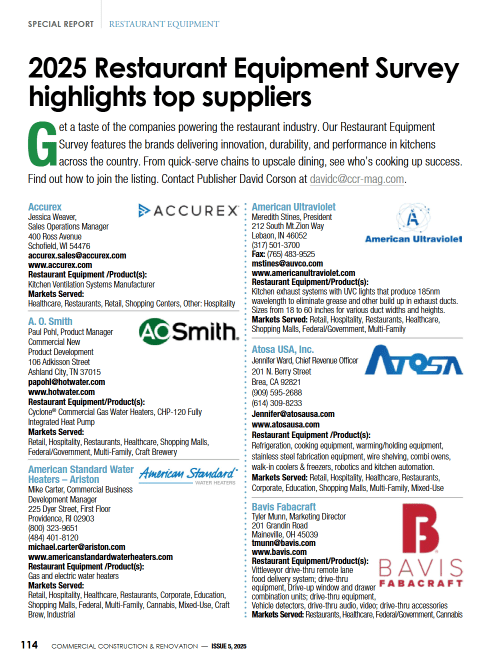Regarding pumping fluids, two popular options that come to mind are centrifugal pumps and positive displacement pumps. These pump types serve their unique purposes and have distinct advantages and disadvantages. This comprehensive guide explores the differences between centrifugal pumps and positive displacement pump, helping you understand which one is better suited for your specific needs.
I. Understanding Centrifugal Pumps
A. How Centrifugal Pumps Work:
Centrifugal pumps operate based on the principle of centrifugal force. They utilize an impeller that rotates at high speeds, creating a centrifugal force that propels the fluid towards the outlet. The pump’s suction inlet allows fluid to enter and as the impeller rotates, it transfers energy to the fluid, increasing its speed and pressure. This pressurized fluid is then expelled through the discharge outlet.
B. Advantages of Centrifugal Pumps:
1. High Flow Rates: Centrifugal pumps are excellent for applications requiring high flow rates. Their design allows for efficient movement of large fluid volumes, making them ideal for processes involving continuous or bulk fluid transfer.
2. Simple and Compact: Centrifugal pumps have a relatively simple design with fewer moving parts than positive displacement pumps. This simplicity makes them easy to operate, maintain, and repair. Additionally, their compact size makes them suitable for installations with space constraints.
II. Exploring Positive Displacement Pumps
A. How Positive Displacement Pumps Work:
Let’s see what is positive displacement pump. Positive displacement pumps operate by trapping fluid in a chamber and then displacing it through mechanical or hydraulic action. These pumps use reciprocating or rotary mechanisms to create a positive pressure differential, pushing the fluid through the system. As the name suggests, positive displacement pumps displace a fixed volume of fluid with each cycle of operation.
B. Advantages of Positive Displacement Pumps:
Following are the few positive displacement pump uses and their advantages.
1. Ability to Handle Viscous Fluids: Positive displacement pumps excel at pumping viscous fluids, such as oils, syrups, and sludges. Their mechanism allows for consistent and precise fluid movement, regardless of its viscosity, making them suitable for applications where maintaining a steady flow rate is crucial.
2. Self-Priming Capability: Positive displacement pumps are generally self-priming, meaning they can create a vacuum and draw fluid into the pump without needing external priming assistance. This feature is handy in scenarios where the pump is located above the fluid source.
III. Comparing Centrifugal Pumps and Positive Displacement Pumps
A. Performance Characteristics:
1. Flow Rate: Centrifugal pumps are better suited for high flow rate applications, while positive displacement pumps are more suitable for pumping viscous fluids and applications requiring a steady flow rate.
2. Pressure: Based on their design and operating principles, centrifugal pumps can generate higher pressures than positive displacement pumps, which have a limited pressure capacity.
3. Efficiency: Centrifugal pumps tend to have higher efficiencies for applications with low to moderate-viscosity fluids, while positive displacement pumps offer better efficiency when handling high-viscosity fluids.
B. Application Considerations:
1. Fluid Type: The nature of the fluid being pumped plays a crucial role in selecting the appropriate pump. Centrifugal pumps are commonly used for water, chemicals, and thin liquids, while positive displacement pumps are preferred for viscous liquids, slurries, and substances with high solids content.
2. Operating Conditions: Factors such as required flow rate, pressure, temperature, and suction conditions must be considered when choosing between centrifugal and positive displacement pumps. Centrifugal pumps are generally more tolerant of operating conditions variations than positive displacement pumps.
IV. Conclusion
In conclusion, centrifugal and positive displacement pumps offer distinct advantages and are better suited for specific applications. Centrifugal pumps are ideal for high flow rate scenarios, while positive displacement pump excel at handling viscous fluids and maintaining a steady flow rate. When selecting a pump, it is essential to consider factors such as the nature of the fluid, operating conditions, and the desired performance characteristics. Visit a nearby supplier to check out a positive displacement pump for sale.
To make an informed decision, evaluate your specific requirements, consult with positive displacement pumps manufacturers if needed, and carefully analyze the application criteria. By understanding the differences and capabilities of centrifugal and positive displacement pumps, you can choose the type that will best meet your needs, ensuring efficient fluid handling and optimal performance in your operations.




























